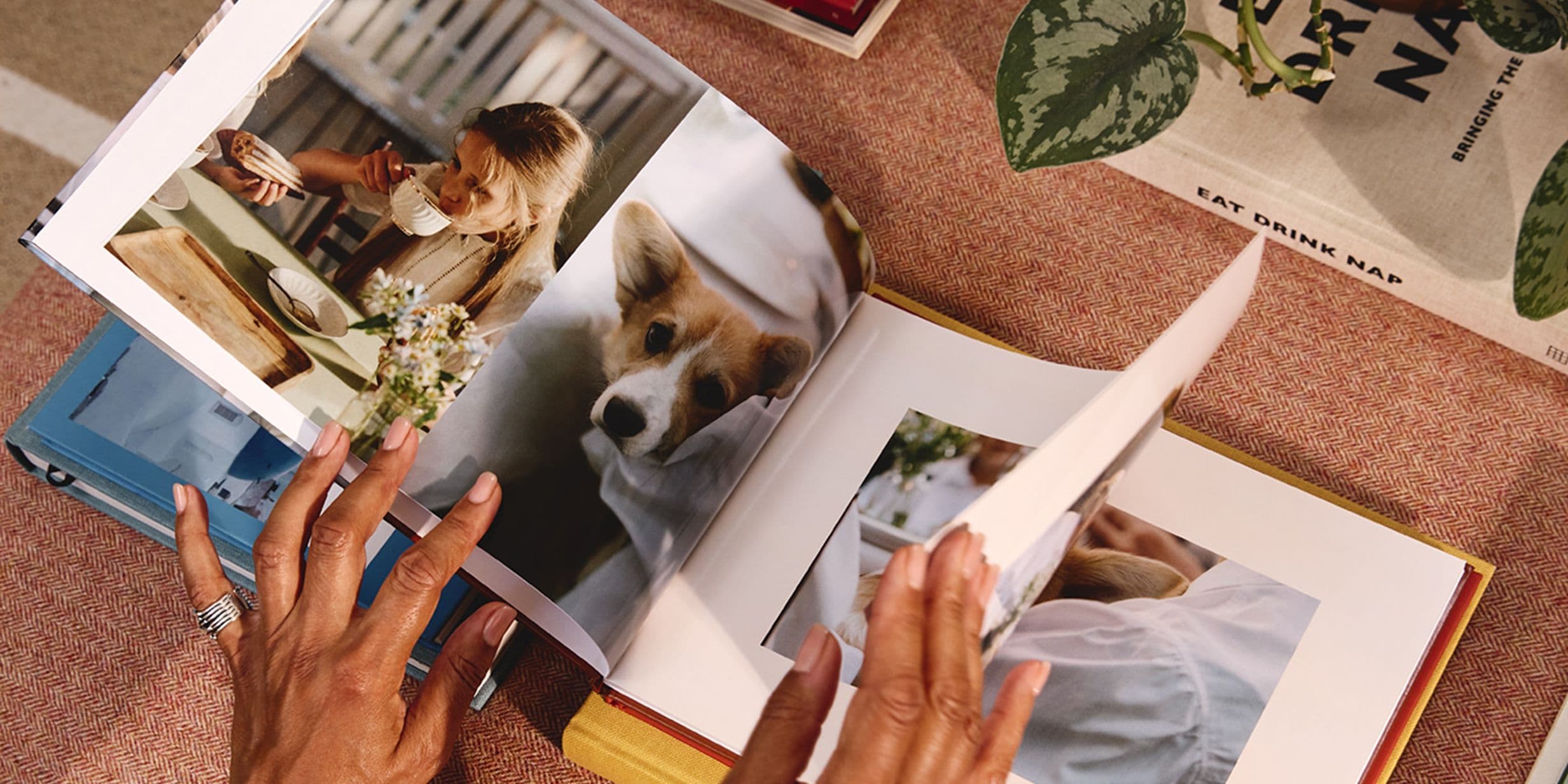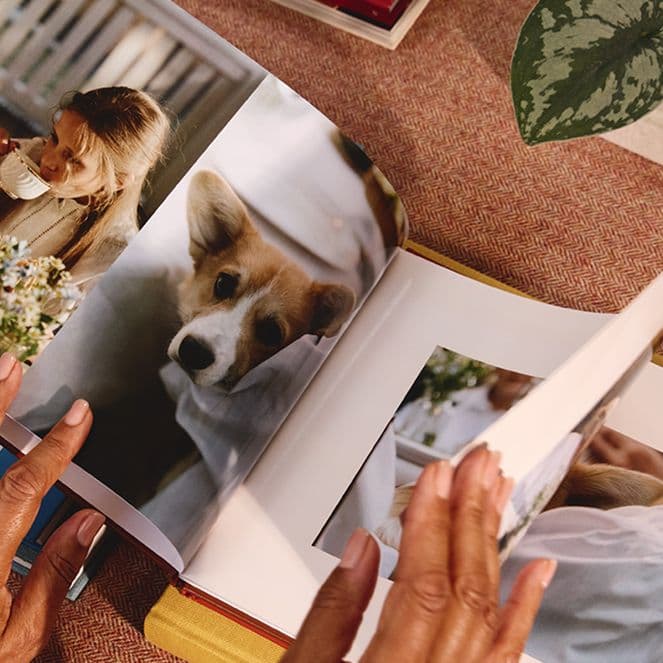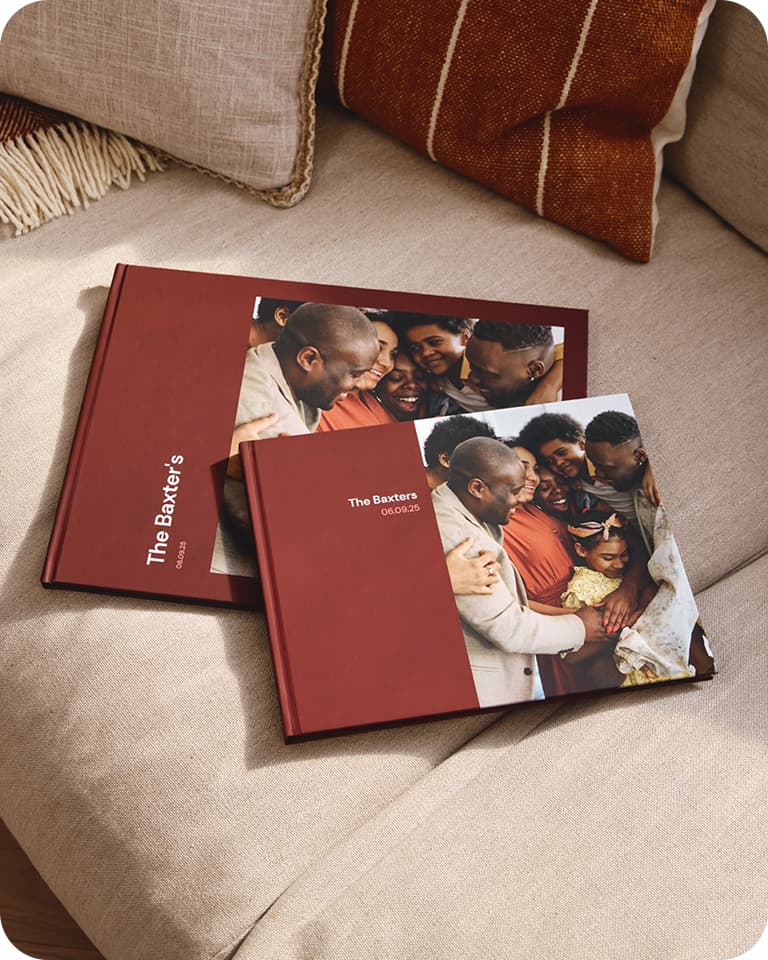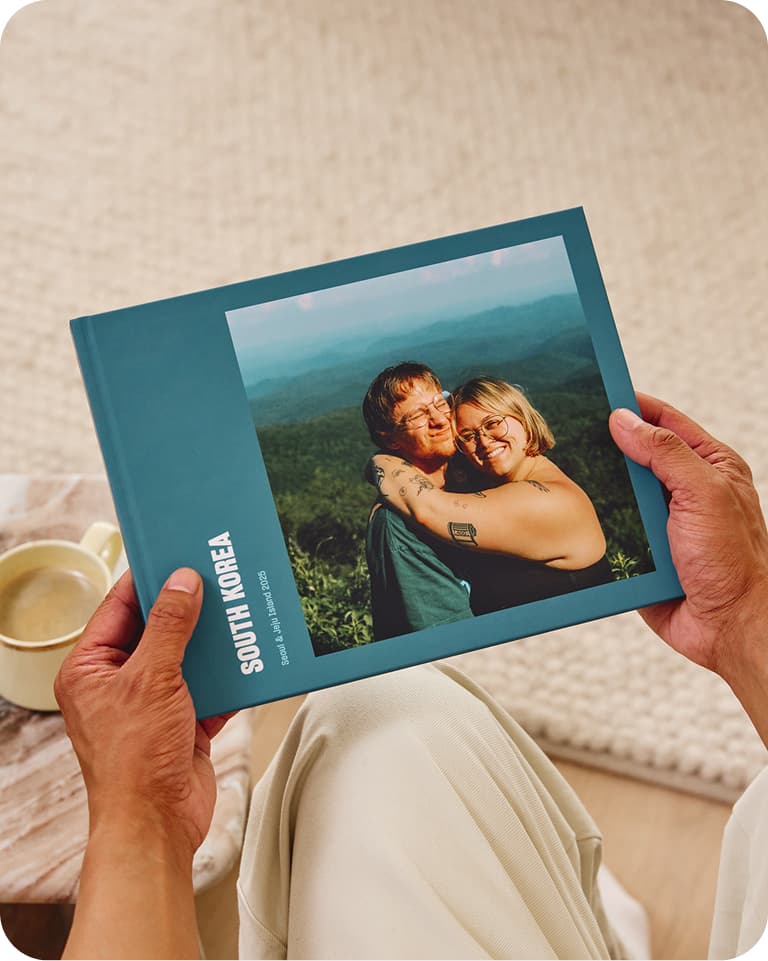Lifestyle
Why creating photo books is the self-care ritual we need
For writer and photographer Anita Chaudhuri, the simple act of printing and arranging images offers calm, focus and connection in an increasingly digital world


Lifestyle
For writer and photographer Anita Chaudhuri, the simple act of printing and arranging images offers calm, focus and connection in an increasingly digital world


Recently, when asked about his weekend, a colleague mentioned that he had taken a self-care day. This detail was met with a good deal of banter from coworkers. One person joked, “What did you do, go to a spa and get your nails done?”
But self-care, a frequently misunderstood concept, is no laughing matter. Numerous studies have indicated that practising it improves psychological wellbeing as well as physical health. Research also shows that failing to make self-nourishment a priority is related to higher levels of burnout and stress symptoms. “Self-care is giving the world the best of you instead of what’s left of you,” writes mental health blogger Katie Reed, on why the practice is far removed from the sensitive snowflake stereotype.
So, how do you actually practice it to reap the benefits? The key is that the activity or ritual you choose takes you out of rumination to fully embody the present moment. For one person, it might be meditation or going for a run. For another, it could involve going for a facial and a pedicure. But remember, there’s a big difference between doing something that is genuinely restorative and doing it just to generate attention on social media. And if, like me, the idea of being prodded and pummeled by a stranger is your worst nightmare, nourishing yourself might involve a creative pursuit such as painting, inventing a new recipe or going for a photo walk in nature.
I have found that one of the best rituals to get into a mindful state is making photo books. It all started several years ago after I received a surprise parcel in the post – a beautifully printed book featuring treasured memories of a group writing retreat, when ten of us had spent a week together at a chateau in France. As we all lived on different continents, it was unlikely that we’d ever meet up again. One participant had the great idea to curate all of our images into a colourful volume. I treasure it to this day.
Self-care is giving the world the best of you instead of what’s left of you
Since then, I have created many types of photo books, from a lockdown photo journal featuring wonky, home-printed snaps stuck in an old diary to custom-printed pages bound between covers I designed myself. There is something magical about holding a tactile object in your hands – feeling the texture of the paper against your fingers and enjoying all the colours takes you back to the playful days of childhood. It feels light years away from the zombie-scroll of a smartphone camera roll. A recent statistic noted that the average person has 2,795 photos on their phone. Most of those will scarcely be given a second glance, let alone deeply contemplated. Working closely with images, cropping them into different shapes, making the skies darker or the colours brighter deepens our connection, not just to our own creativity but to the people and places in our photos.
Making time for yourself via a regular creative practice can feel powerful – magical even. And research has found that rituals, even small ones, can provide structure, comfort and meaning. It can make it easier to handle life’s challenges one step at a time. In order to establish something as a regular habit, it can help to commit to doing it at the same time every day or week. Habit-stacking, where you piggyback a new behaviour onto an existing activity such as eating breakfast has also been shown to be highly effective.
Making a photo book is a process involving clearly defined steps. According to research from The Craft Council, the multi-sensory engagement, repetitive actions and the anticipation of the satisfaction we will derive from making something causes the release of neurotransmitters that promote joy and reduce stress. And seeing your favourite pictures printed lends them a specialness and an importance that they surely deserve.
The multi-sensory engagement, repetitive actions and the anticipation of the satisfaction we will derive from making something causes the release of neurotransmitters that promote joy and reduce stress



The first phase is choosing a theme for your book. You can either curate existing photos from a special family celebration or holiday, or you can start from scratch. If the latter, it’s a great opportunity to establish a daily mindful photography practice, which research has found to boost wellbeing. In order to remember to do it, and also to make pictures that work well together in a book, it’s best to photograph something you encounter frequently. That might be the view from your front window or photos from your daily commute. When starting a new creative adventure, it can be tempting to dream up something grandiose. I once started a project about sunsets over London’s River Thames. The trouble was, I don’t live anywhere near the river and my evenings are busy. No surprise that I only ventured out three times before abandoning it.
The great thing about using photography as a self-care tool is that it needn’t take up a lot of time. A daily mindfulness ritual, such as image-making or designing photo book pages can reap benefits in as little as 10 minutes according to one recent study. In addition, research has shown that capturing memorable moments on camera means that you pay more attention and are more engaged with what’s going on. The only exception to this was found to be when taking photos interfered with the experience. (We’ve all made snoring sounds at a family event when an over-eager amateur art director takes far too long to compose shots.) Meanwhile, a University of California study showed taking photos made people more reflective, more connected and that regular selfie-takers were more confident and comfortable with their smile over time.
A study showed taking photos made people more reflective, more connected and that regular selfie-takers were more confident and comfortable with their smile over time
One of the most satisfying aspects of book-making is curation. Choosing the best pictures and changing up the order of visual narratives engages both the imagination and emotions. It feels like I’m using a neglected, non-verbal part of my brain – refreshing after a data-driven workday. I can spend hours playing around with different page colour combinations and fonts. There’s a feeling of restoring order and making something harmonious and beautiful out of the chaos.
The final stage is perhaps my favourite – sharing your book with loved ones. Don’t be tempted to skip this part even if you feel that your photos aren’t all perfect works of art. A study revealed that sharing photos improved people’s self-care, community interaction and the opportunity to reminisce about joyful moments with others. In tough times, reflecting deeply on the people and places we hold most dear reminds us that better days could be just around the corner.
Create your Popsa Photo Book to start preserving your memories.